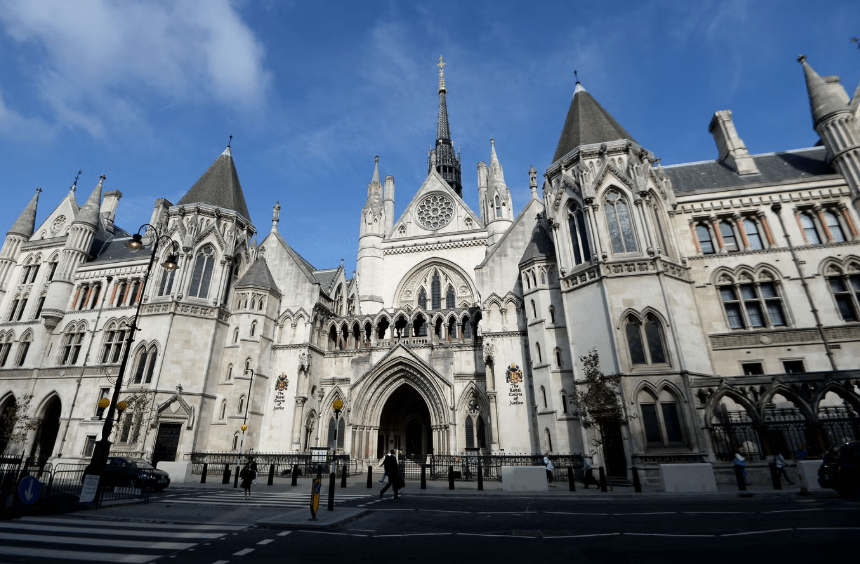Campaigners opposing a major expansion of the Wimbledon tennis complex will learn the outcome of their High Court challenge today, as a judge prepares to issue a ruling on the controversial planning decision.
Plans to triple the size of the iconic Wimbledon tennis site face a key legal test today, as opponents argue the development breaches public trust and planning protections on historic parkland.
Legal Showdown Over Wimbledon Park Development
The High Court has been asked to determine whether the Greater London Authority (GLA) acted lawfully when it gave the green light for the All England Club’s (AELTC) expansion project.
Barristers representing the campaign group Save Wimbledon Park (SWP) labelled the decision “irrational” during hearings earlier this month. At the heart of the dispute is the approval for a massive redevelopment of the former Wimbledon Park Golf Club site.
The AELTC plans to construct 38 new tennis courts alongside an 8,000-seat stadium. The proposals have sparked fierce resistance from conservationists and local residents, who argue that the site’s historic and protected status should prevent such large-scale development.
GLA and All England Club Defend Planning Decision
The GLA and the AELTC have staunchly defended the decision. Legal representatives for the authority described the approval as a “planning judgment properly exercised”.
Mr Justice Saini will deliver his verdict at 2pm today. The outcome could either clear the path for the AELTC’s ambitious project or send the plans back to the drawing board.
Long-Term Vision, Strong Opposition
The development plans were initially submitted to Merton and Wandsworth councils back in 2021. The proposed site lies across both boroughs. After purchasing the golf course land, the AELTC sought to transform it into a world-class sporting venue.
The vision includes not just new courts and a stadium, but also:
- Seven maintenance and operational buildings
- New access points
- A parkland zone with controlled public access
- Enhancements to Wimbledon Lake, including a scenic boardwalk
However, the process took a twist when Merton Council approved the plans while Wandsworth Council rejected them. This prompted the Mayor of London’s office to step in. Mayor Sadiq Khan, a known supporter of the project, recused himself from the decision-making process due to prior public statements.
Deputy Mayor for Planning, Jules Pipe, ultimately signed off on the scheme. He stated the project would deliver “very significant benefits” that “clearly outweigh the harm”.
Historic Protections at the Core of Legal Argument
At the High Court hearing, SWP’s lead barrister, Sasha White KC, pointed out that Wimbledon Park is a Grade II*-listed heritage site. He highlighted the land’s historical ties to renowned landscape architect Lancelot “Capability” Brown and noted its stringent protections under planning law.
“The land is subject to a statutory trust requiring it to be kept available for public recreation use,” he told the court. “You could not have a more protected piece of land within the planning system, frankly.”
White also argued that restrictive covenants were agreed when the AELTC acquired the freehold, placing limits on what the land could be used for.
GLA barrister Mark Westmoreland Smith KC contended that Jules Pipe had fully considered legal advice around the land’s status and acted appropriately. He said Pipe made his decision on the assumption the trust and covenants were relevant, but found no breach that would prohibit development.
Russell Harris KC, speaking for the AELTC, added that the planning team had taken the heritage concerns and land conditions into account, but ultimately determined they were not “material” to the final planning decision.
As the clock ticks down to the judge’s announcement, residents, conservationists, and tennis authorities alike await a ruling that could shape the future of one of Britain’s most treasured sporting landmarks.






